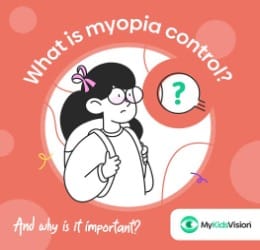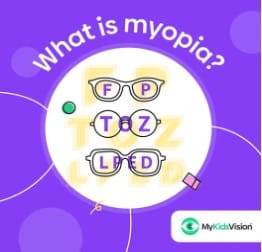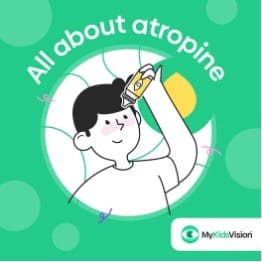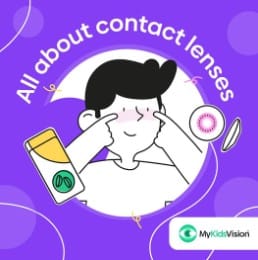Is Myopia Curable?
Myopia is an eye condition that continues to grow particularly in children. Parents who are impacted by the disease often seek more information and many ask, “Is Myopia Curable?
An estimated 1 in 3 children in the U.S. have myopia and the prevalence has grown dramatically over the last 30 years. Myopia is often referred to as nearsightedness where the eye grows too long, resulting in a refractive error and blurry distance vision. The condition carries with it increased risks of serious, sight-threatening eye diseases, such as glaucoma, cataracts, or retinal eye diseases. Research has shown a lack of outdoor time for kids and more near work, like reading and time on screens, drive the massive increase we are seeing in myopia.
While myopia cannot be “cured” in the traditional sense, there are various treatment options available to manage and potentially slow its progression. Dr. Jonathan Chen from Vision Source Insight Eyecare is a Myopia Specialist and is a member of the American Academy of Orthokeratology and Myopia Control.
Statistics indicate a rising prevalence of myopia, especially in urban areas and among younger populations. In 2000, approximately 22% of the global population had myopia. By 2050, it’s projected that nearly 50% of the world’s population could be myopic. East Asian countries have particularly high rates, with up to 90% of young adults in some urban areas being affected.
Myopia Management Strategies
Treatment strategies for Myopia are often termed Myopia Management or Myopia Control and fall into four main categories: optical corrections, pharmacological interventions, lifestyle changes and Ortho K.
- Optical Corrections: Eyeglasses and contact lenses are the most common methods to correct myopia and provide clear vision. These options offer immediate relief but do not address the underlying issue of increasing prescription strength over time.
- Pharmacological Interventions: Atropine eye drops have shown promise in slowing the progression of myopia. The drug dilates the pupils and relaxes the focusing muscles of the eye. These treatments can be used in conjunction with OrthoK.
- Lifestyle Changes: Spending more time outdoors has been linked to a reduced risk of myopia development, possibly due to increased exposure to natural light and reduced near-work activities. The “20-20-20” rule, where you take a 20-second break every 20 minutes of near work and focus on something 20 feet away, can help reduce eye strain.
- Ortho K : Orthokeratology involves wearing specially designed contact lenses overnight to reshape the cornea temporarily. Prescribed and fitted by a Myopia Specialist.
It’s important to note that the goal of these treatments is not necessarily a complete “cure” but rather the management and control of myopia progression. Early intervention and regular eye check-ups are crucial, especially for children, as their eyes are still developing and more susceptible to changes.
According to Dr. Chen, “all of these treatments can be effective but require customization for each child’s situation so there is no “one size fits all”. It is important to work with an experienced optometrist to determine the best course of action.” All these treatments are better than no treatment at all, which will result in the child’s myopia getting irreversibly worse.
Myopia – Sandy Springs, Chastain Park, Dunwoody, and Buckhead. GA
Vision Source Insight Eyecare has been treating patients using Myopia Control since 2004 and has helped hundreds of patients achieve amazing results. All Myopia Control treatments begin with a Consultation. Please call to schedule an Appointment today at 404 250 1680
Myopia & My Kids Vision
For more information, My Kids Vision is a great resource for helping parents to assess their children’s risk of myopia to answering frequently asked questions and sharing articles contributed by eye care practitioners from all over the world, My Kids Vision is a comprehensive online resource for parents supporting their child’s eye health journey.





